What is Polygon? (POL)
Read more ->
What are sidechains?
What is layer 2 on Ethereum?

Table of Contents
- What is Polygon? Ethereum Scaling Meets the Value Layer of the Internet
- History of Polygon
- Polygon at a Glance
- The Problem: Ethereum’s Scaling Limits
- Polygon 2.0 and the POL Token
- Key Components of the Polygon Ecosystem
- Use Cases: What Can You Do on Polygon?
- How Polygon Compares to Other Ethereum Layer 2s
- Wallets and Tools to Use with Polygon
- The Road Ahead for Polygon
- Final Thoughts
What is Polygon? Ethereum Scaling Meets the Value Layer of the Internet
Polygon is a leading Ethereum scaling platform that enables faster, cheaper, and more efficient blockchain transactions. Designed to solve Ethereum’s congestion and high gas fees, Polygon has grown into a powerful ecosystem of Layer 2 (L2) chains supporting decentralized finance (DeFi), NFTs, gaming, and enterprise applications.
Now, with the launch of Polygon 2.0 and the new POL token, the network is entering a new phase - one aimed at building what it calls the Value Layer of the Internet.
Learn more about Ethereum, blockchain technology, blockchain layers (L0, L1, L2, and L3), and decentralized finance (DeFi).
History of Polygon
Polygon was originally launched as the Matic Network in 2017 by a team of developers from India: Jaynti Kanani, Sandeep Nailwal, Anurag Arjun, and Mihailo Bjelic. The project began with a mission to solve Ethereum’s scalability issues through a Proof-of-Stake (PoS) sidechain.
In 2021, the team rebranded to Polygon as it expanded beyond the original Matic PoS chain into a full-fledged ecosystem of Ethereum scaling solutions - including zk-rollups and developer toolkits like Polygon CDK.
Despite the rebrand, the network’s native token retained the ticker MATIC - until the introduction of POL under the Polygon 2.0 roadmap.
Polygon at a Glance
- Launch: 2017 (as Matic Network), rebranded to Polygon in 2021
- Mission: Scale Ethereum without compromising security or decentralization
- Solutions: PoS chain, zkEVM, and a growing ecosystem of zero-knowledge Layer 2 chains
- Token: Transitioning from $MATIC to $POL, a next-generation hyperproductive token
The Problem: Ethereum’s Scaling Limits
Ethereum is the most secure and decentralized smart contract blockchain, but it wasn’t built for mass adoption. High fees and slow speeds limit its ability to serve millions of users simultaneously.
Polygon solves this by offering faster, cheaper alternatives that remain connected to Ethereum’s security and developer ecosystem.
Learn more about ETH gas and how fees work in Ethereum
Polygon 2.0 and the POL Token
In October 2023, Polygon Labs launched a major upgrade: the POL token, now live on Ethereum mainnet. POL is the centerpiece of Polygon 2.0, an ambitious roadmap to scale Ethereum through a network of ZK-based Layer 2s.
Key features of POL:
- Hyperproductive utility: POL can be re-staked across multiple chains, allowing holders to validate, sequence, generate ZK proofs, and more - across many L2s at once.
- Native re-staking: Unlike traditional staking, POL enables participation in multiple roles and chains simultaneously.
- Future-ready: POL will eventually replace $MATIC, which powers the current Polygon PoS chain.
Learn more about staking and restaking.
Key Components of the Polygon Ecosystem
Polygon isn’t a single blockchain - it’s a growing family of Ethereum-compatible chains, including:
1. Polygon PoS (Proof of Stake)
A sidechain that processes transactions quickly and cheaply. It’s secured by its own set of validators, with assets bridged from Ethereum.
→ Learn about bridging crypto.
2. Polygon zkEVM
A ZK-rollup that mirrors Ethereum’s EVM environment, allowing developers to deploy Ethereum smart contracts with low fees and high security.
→ Learn about zk-rollups.
3. Polygon CDK (Chain Development Kit)
A toolkit for developers to launch their own customizable Layer 2 chains powered by zero-knowledge technology. These chains can interoperate and share liquidity across the Polygon network.
→ Learn about cross-chain interoperability.
Use Cases: What Can You Do on Polygon?
Polygon supports a broad range of use cases:
- DeFi: Lend, borrow, and swap on DEXs like UniSwap, QuickSwap, Aave, and Curve.
- NFTs: Mint and trade NFTs with near-zero gas fees on OpenSea, Magic Eden, and more.
- Gaming: Play blockchain games like Aavegotchi and Zed Run with low latency.
- Payments & Remittances: Use Polygon to send crypto internationally at a fraction of Ethereum’s costs.
- Enterprise & Institutions: Big brands like Reddit and Starbucks have used Polygon to launch Web3 products.
How Polygon Compares to Other Ethereum Layer 2s
| Feature | Polygon zkEVM | Arbitrum One | Optimism |
|---|---|---|---|
| Tech Type | zk-Rollup | Optimistic Rollup | Optimistic Rollup |
| EVM Compatibility | Full (zkEVM) | Full | Full |
| Finality Speed | Fast | Slower (7-day exit) | Slower (7-day exit) |
| Fees | Low | Moderate | Moderate |
| Native Token | POL (in progress) | ARB | OP |
→ Learn about the differences between zk-rollups and optimistic rollups.
Wallets and Tools to Use with Polygon
You can get started with Polygon using a self-custodial crypto wallet like the Bitcoin.com Wallet. Once your wallet is set up:
- Add the Polygon network
- Bridge assets from Ethereum
- Explore dApps via sites like DappRadar or direct decentralized App (dApp) URLs
→ Learn more about crypto wallets.
The Road Ahead for Polygon
With the POL token live and the Polygon 2.0 roadmap underway, key upcoming upgrades include:
- A new staking layer for POL
- Migration of Polygon PoS to zkRollup
- Shared liquidity and ZK interoperability across all Polygon chains
These upgrades aim to transform Polygon into an ecosystem of interconnected ZK chains - all powered by a single re-staked token, POL.
Polygon’s long-term goal? To build the Value Layer of the Internet - a global infrastructure where value flows freely, securely, and equitably for all.
Final Thoughts
Polygon has evolved from a single Proof-of-Stake sidechain into a full suite of Ethereum scaling solutions, now unified under the ambitious Polygon 2.0 vision. With the launch of the POL token and a network of ZK-powered Layer 2s on the horizon, it aims to make Ethereum more scalable, interconnected, and accessible than ever. Whether you’re a developer, trader, gamer, or NFT creator, Polygon offers the tools to build and interact with Web3 efficiently and affordably.
Related guides
Start from here →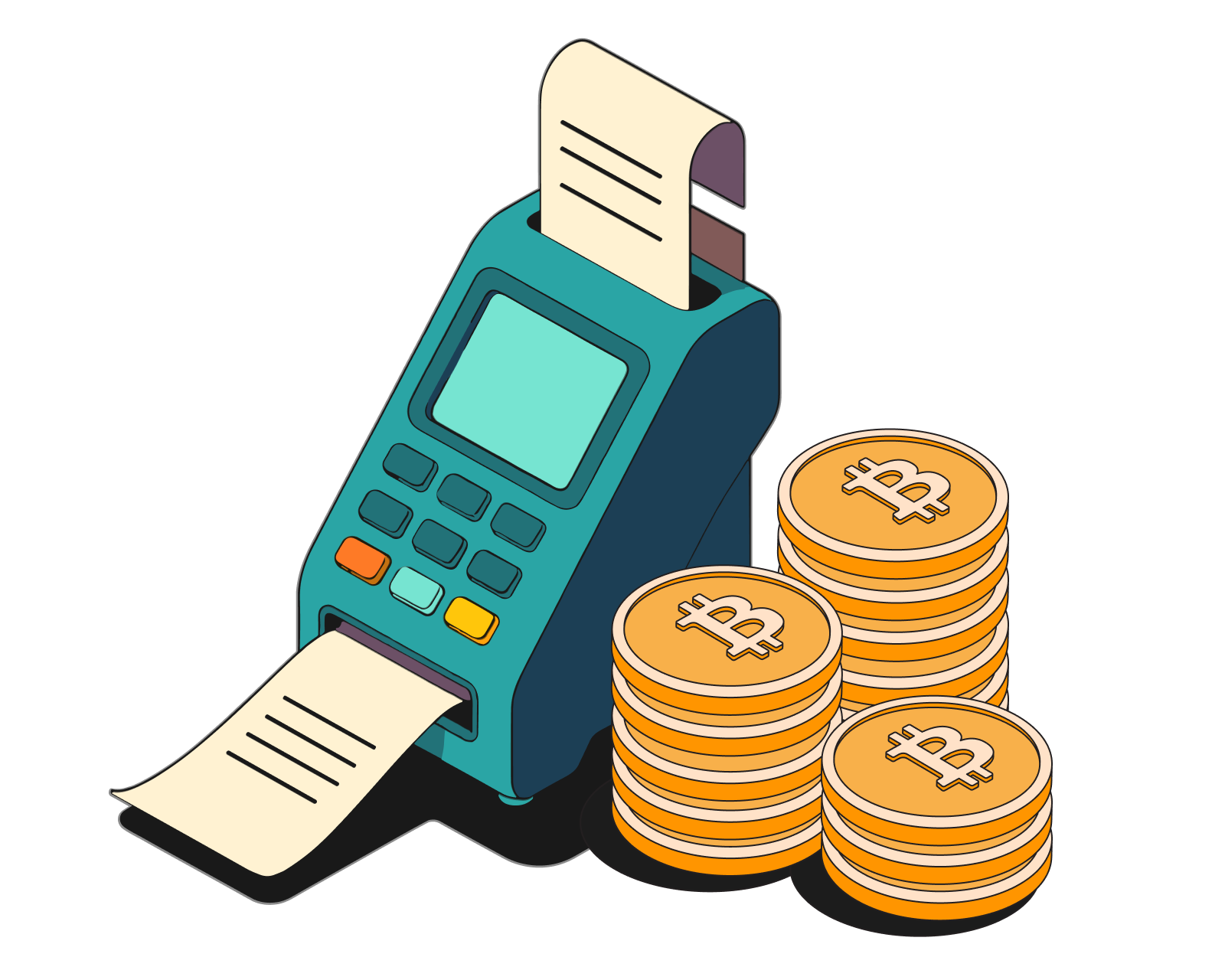

How do I buy crypto?
Learn how to get your first crypto in minutes.
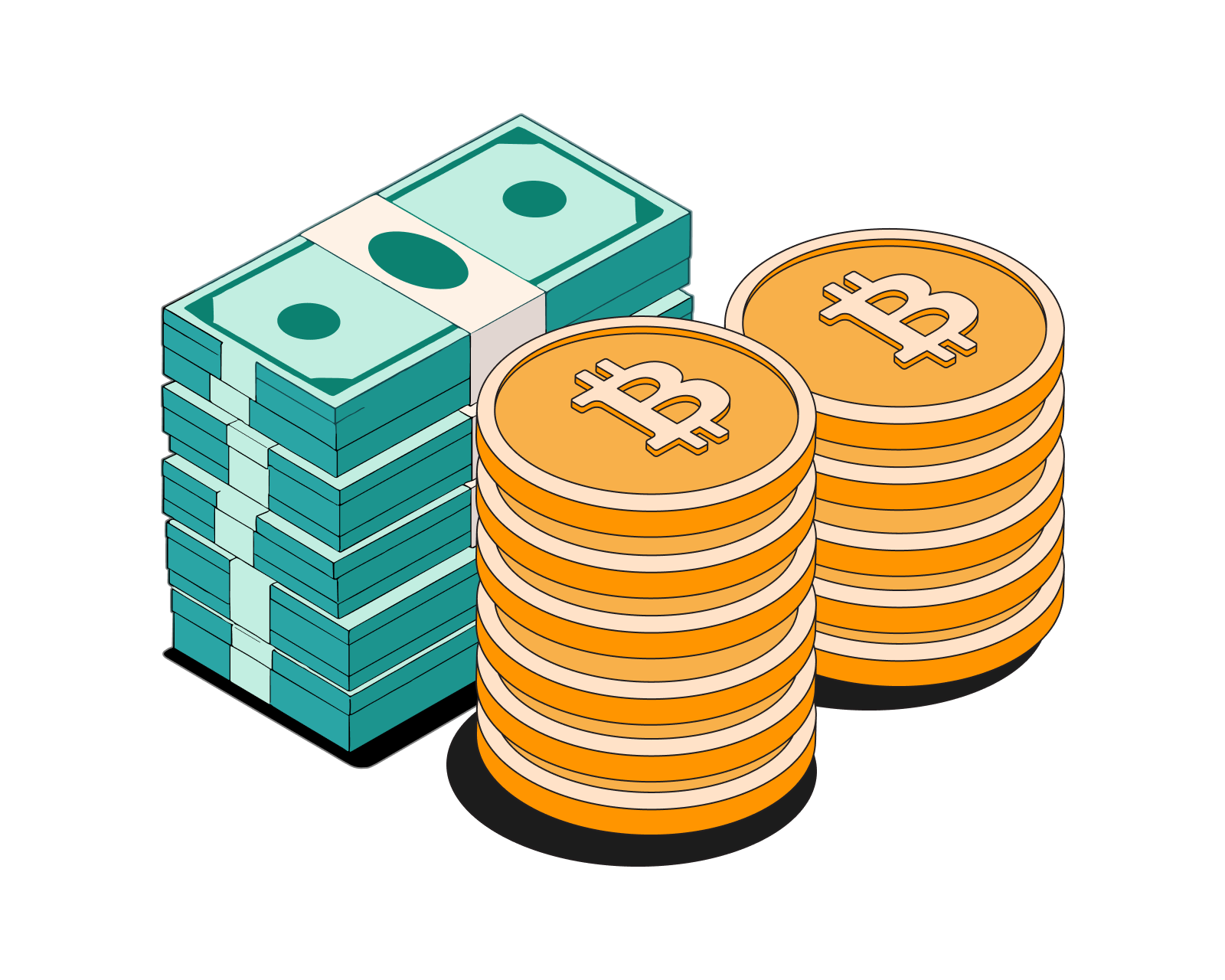

How do I sell crypto?
Learn how to sell crypto into local currency safely.

How do I send crypto?
Sending crypto is as easy as choosing the amount to send and deciding where it goes.
Read this article →
How do I send crypto?
Sending crypto is as easy as choosing the amount to send and deciding where it goes.
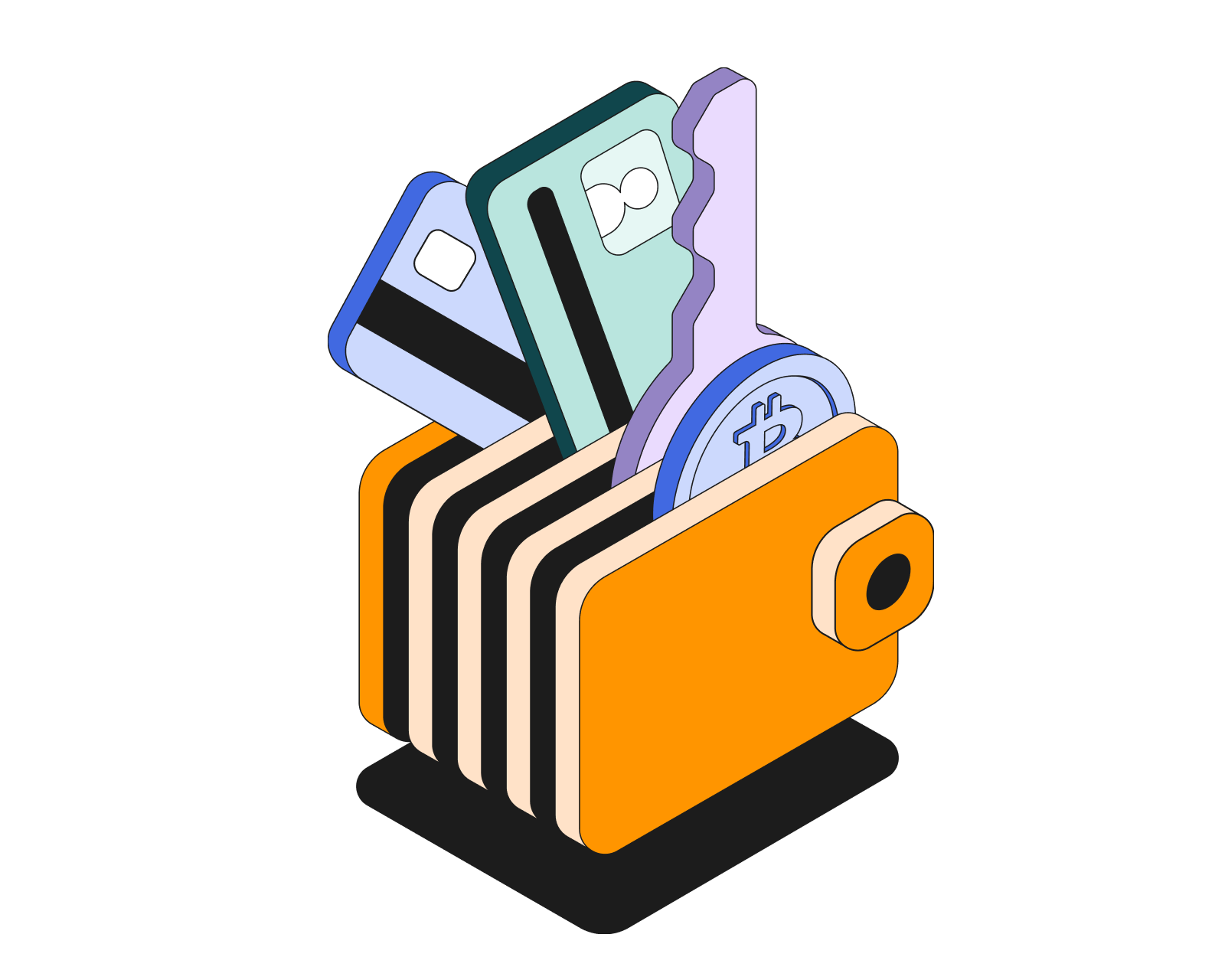
How do I create a crypto wallet?
Learn how to quickly and easily create a crypto wallet. Understand the different wallet types and their respective pros & cons.
Read this article →
How do I create a crypto wallet?
Learn how to quickly and easily create a crypto wallet. Understand the different wallet types and their respective pros & cons.
STAY AHEAD IN CRYPTO
Stay ahead in crypto with our weekly newsletter delivering the insights that matter most
Weekly crypto news, curated for you
Actionable insights and educational tips
Updates on products fueling economic freedom
No spam. Unsubscribe anytime.
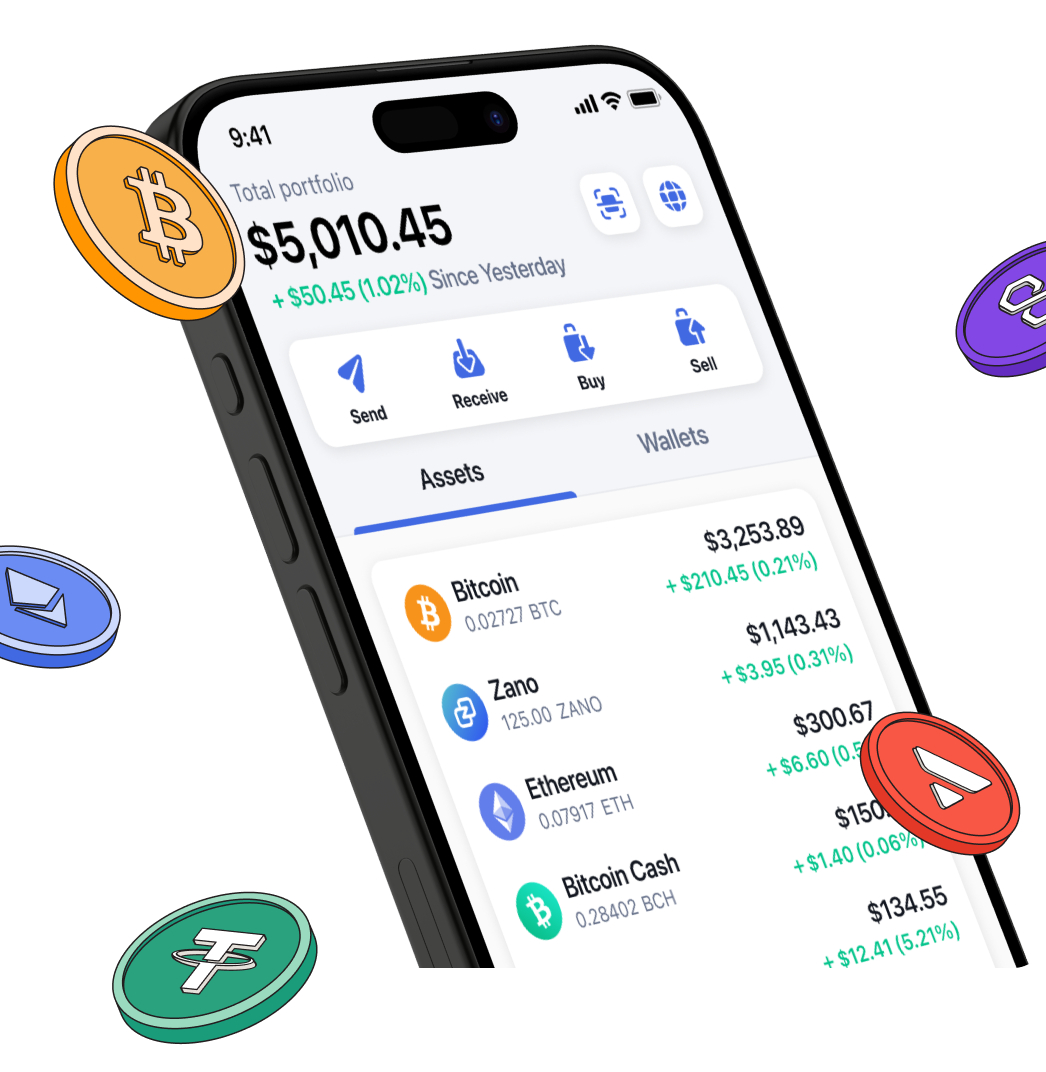
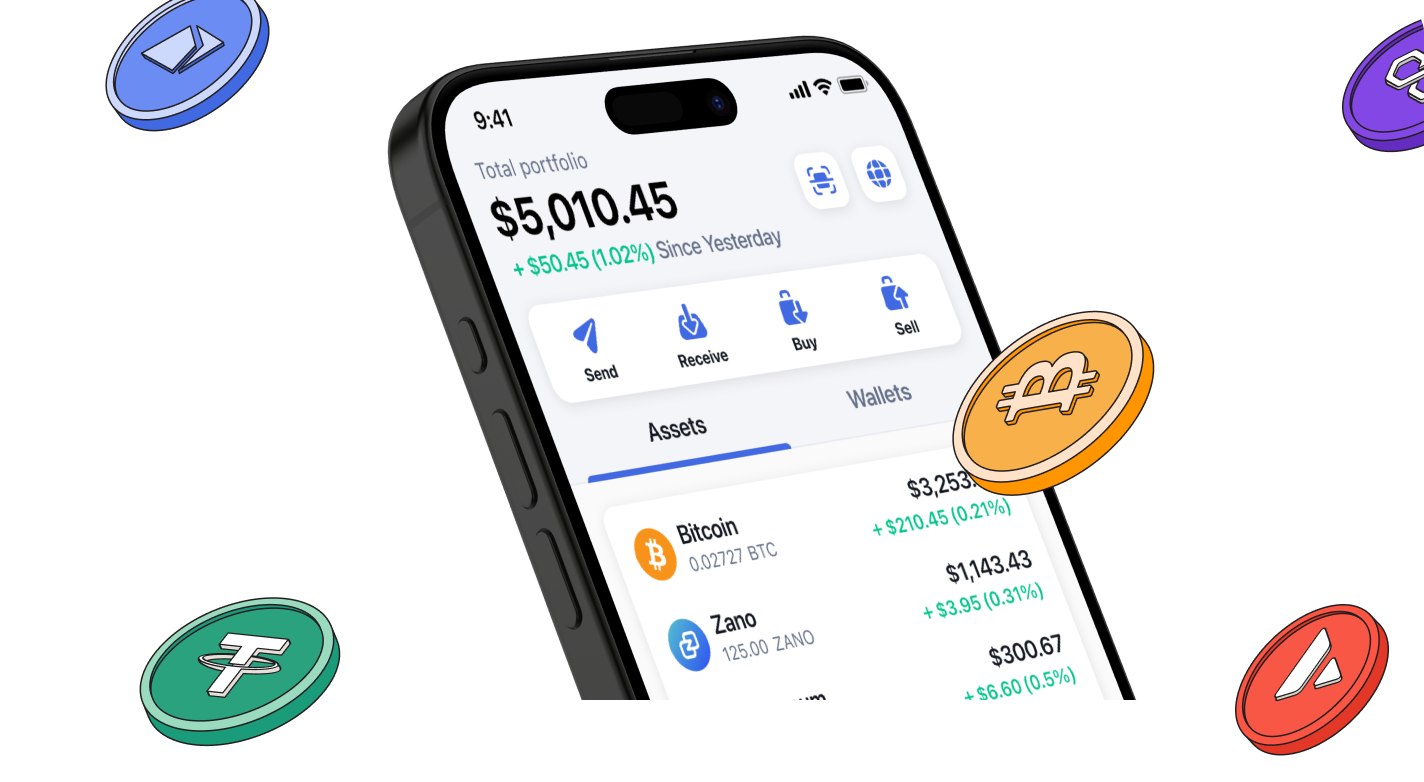
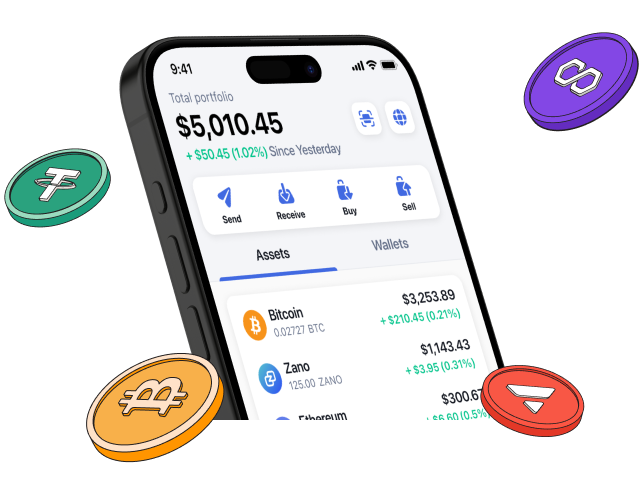
Start investing safely with the Bitcoin.com Wallet
Over wallets created so far
Everything you need to buy, sell, trade, and invest your Bitcoin and cryptocurrency securely

© 2025 Saint Bitts LLC Bitcoin.com. All rights reserved


